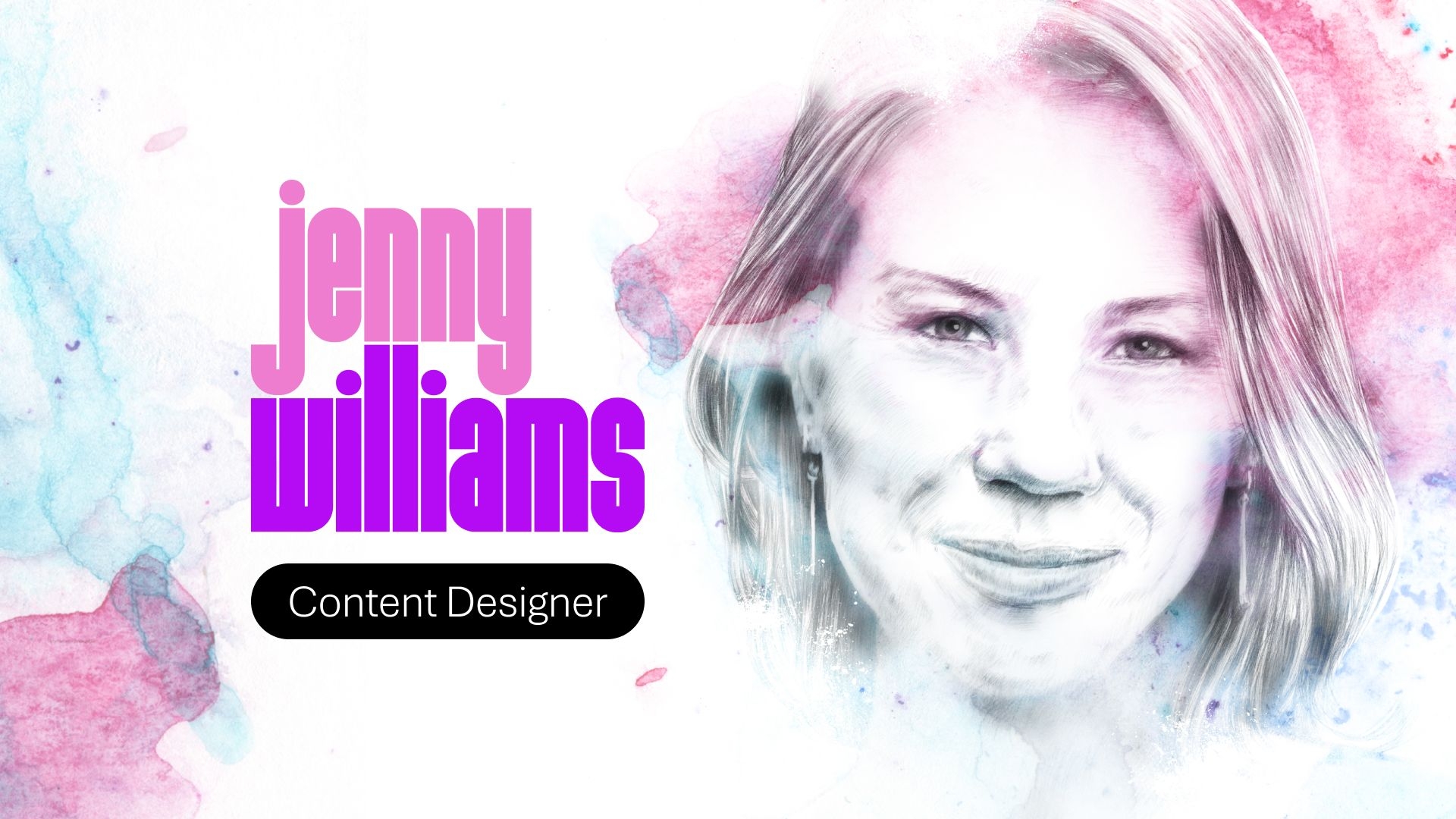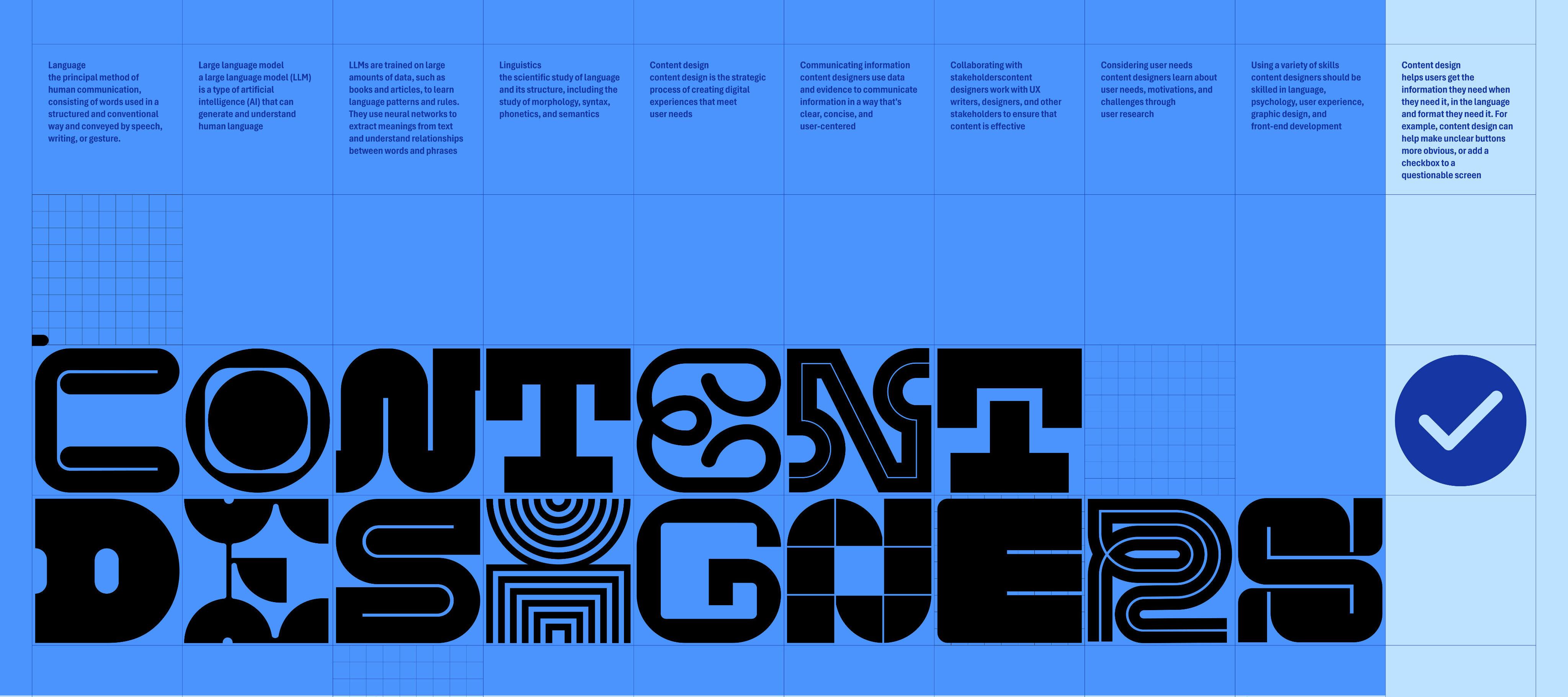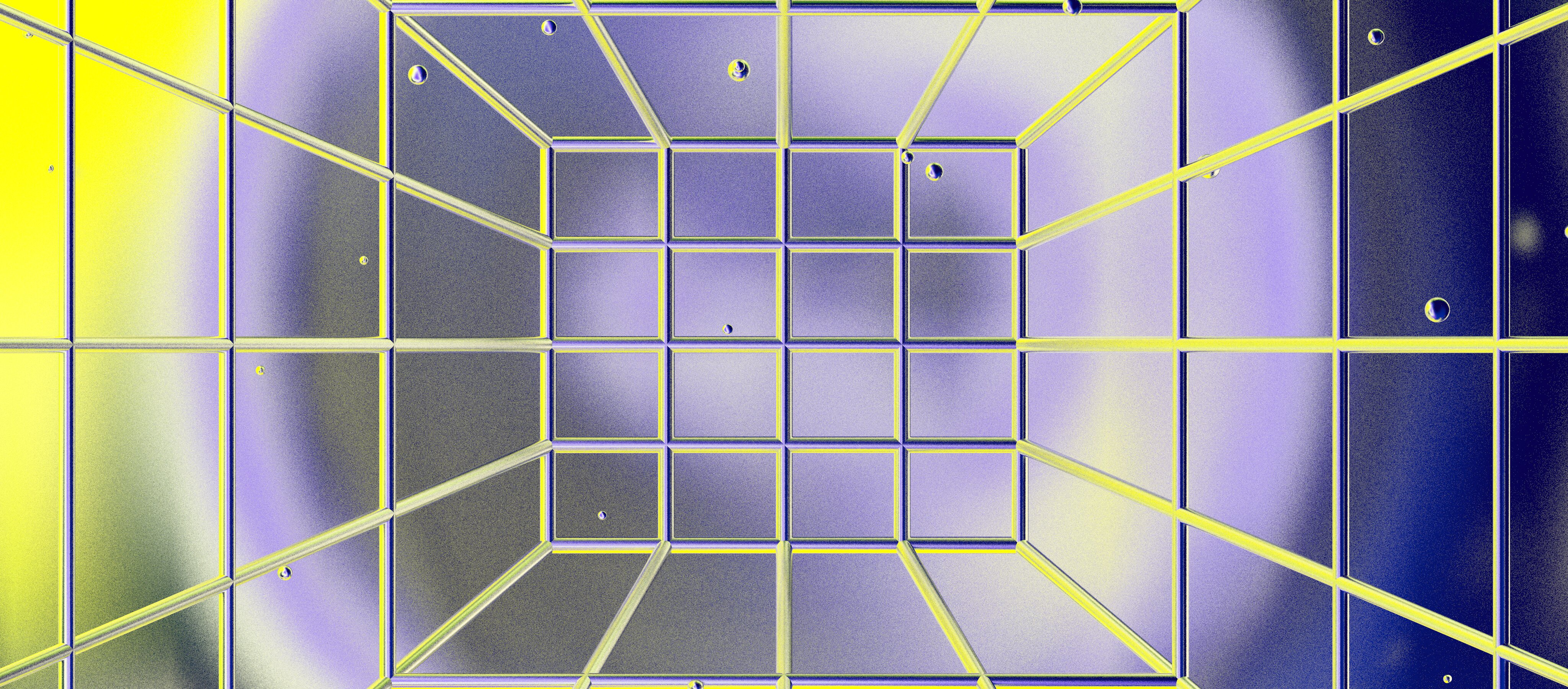AI – Content Design – Profiles
In the age of AI, will content designers become extinct?
Senior Content Designer Jenny Williams talks about her role, and working with AI

Senior Content Designer Jenny Williams is a writer, published novelist, and a new mother. In her past life she was an aid worker in Uganda and South Sudan and an avid world traveler. Currently she works on the Data Science and Data Engineering experiences in Microsoft Fabric. Shes also had a front-row seat to the integration of large language models (LLMs) into a range of products, including the new Bing. Below she talks about the challenges of designing content in a high-tech environment, working with AI, becoming a parent, and how daydreaming helps her productivity.
Let’s start with the big one first: Will AI replace content designers?
I hope not! Content designers’ jobs will change, though. More of us will be working on AI products, so we’ll need to have some fluency in what’s going on under the hood. And we’ll be expected to use more AI tools as part of our process.
Id argue that content designers will actually be more important than ever. AI can be very good at some specific writing tasks, but it isn’t capable of deep strategic thinking. It won’t challenge your assumptions. It won’t take a step back and look at the problem beyond where you’ve pointed its attention.
In software development there’s an idea of a full-stack developer–someone who can handle the back end as well as the front end. Content designers are full-stack storytellers: we lay the narrative foundation for experiences as well as writing the bits you see in the UI. AI might be able to mimic the topmost visible layer, but without the underlying framework, your story will fall apart.
Backing up a sec, what is a content designer and what do they do?
Every content design role looks a little different, but the best description I’ve heard of the discipline is that we design experiences using language as material. Words are often our artifact, but words are just a means to an end. The bigger goal is helping people do something or feel something or both.
Could you talk about what team you’re on and what are you currently working on?
I’m currently the content designer for the Data Science and Data Engineering experiences in Microsoft Fabric, which is a mouthful, I know. The product is more technical than things I’ve worked on in the past, so I’m learning a lot. It’s hard! I don’t know if we talk enough in content design about how hard it can be to be a low-tech person working in a high-tech space. It takes me longer to do everything because it isn’t intuitive yet. I can’t assume that a word means what I think it means. I end up going down deep rabbit holes trying to understand what’s happening on a technical level so I can write a single clear error message.
How do you approach the content design process? Walk me through your typical workflow.
There’s always a period of investigation and discovery, when I’m just trying to make sense of things. What is this person trying to do? Why? What happens if they do this? What happens if they do that? How does this thing connect to this other thing?
Then there’s usually a lot of revision, because my first drafts are rarely good. My partners always give great feedback. Then Ill ask more questions and do more revisions. I never feel like I get it perfectly right.
Also, I daydream. I want to be honest about that. My brain works best when it has space to drift. It’s like leaving part of a field fallow so the soil can breathe.
You’ve had unique access to the integration of large language models (LLMs) into features such as the new Bing and Microsoft 365 Copilot. What are some common challenges or considerations when designing AI-powered user interfaces?
I started working with GPT-3 almost two years ago when I was on the Ethics & Society team. There’s still a lot we don’t know about how these models work and, critically, how people will interact with them. So it’s important that we continue to approach these questions with humility.
But we have some really solid foundations to start from. The HAX toolkit is a great resource for understanding and tackling the challenges of designing AI products broadly. With generative AI in particular, there’s a lot of unpredictability about the type of content the model will generate. Some content will be great. Some might be inaccurate, irrelevant, or even harmful. The UX needs to be extra intentional about setting people’s expectations so they can build appropriate trust in the system.
With all the excitement about LLMs, it’s also important to stop and ask: Is AI necessary? One of the goals of Microsoft’s Responsible AI Standard is that an AI system is fit for purpose–that is, it provides a valid solution for the problem its designed to solve.
Before your team sticks AI everywhere, ask whether it will genuinely help people do something better. Not just faster because efficiency isn’t the only or even the most important measure of success, but more effectively, more creatively, more confidently.
What ethical considerations are important when integrating AI into the user experience, and how do you address them in your work?
Ethics aren’t objective rules, they’re values that we choose to uphold, because we believe they’re important. So the first thing you have to do is be explicit about what matters to you. Then you can build AI that hopefully aligns with those values.
Microsoft has a core set of AI principles and human rights commitments that we try to fulfill when we’re building AI products, so we consider things like: Are we treating all people fairly? Are we respecting people’s privacy? Are we helping people understand how reliable a particular AI system is?
Content designers in particular can help people build an appropriate mental model for AI for example, warning people that AI can make mistakes, and reminding them that a chatbot isn’t a real person.
You are a traveler, you have extensive experience as an aid worker, you’re a published novelist (The Atlas of Forgotten Places), and you’ve previously worked on another Microsoft team dealing with ethics and AI. How does that shape your approach to work and technology and productivity software?
All of these experiences have forced me to challenge the narrative I have about the world and my place in it. Whenever I think I know what I’m doing, something comes along to show me otherwise. My poor ego, ha!
I suspect that because of my travels and my creative practice, I see productivity more holistically than we usually treat it in software development. To me, daydreaming is productive. So is rewilding your garden, and singing your baby a lullaby, and learning how to say thank you in another language from the man selling you tea from a street cart. We don’t need to build an app for everything. Some things are best left unoptimized.
Where do you call home these days?
I live in a small mountain town in southwest Colorado. The entire population is about 1200 people, which might be less than the Brooklyn city block where I lived during grad school. Except here I know all my neighbors!
How has your perspective on work changed after recently becoming a mother?
I’ve had to confront what Pema Chodron calls the groundlessness of being human: the fundamental impermanence of everything.
Just when my baby starts sleeping through the night, we get COVID. Just when I figure out a childcare schedule, I get reorg’d to a team that requires evening hours to collaborate with teams in China. Sometimes I get frustrated –my kingdom for a routine! –but embracing ambiguity can actually be quite liberating.
Having my son also brings new weight to the technologies I’m helping ship. What kind of future are we building? Is this a future I want him to live in?
What advice do you have for aspiring content designers?
Get as much practical experience as you can. Some classes can be wonderful–I was a coach with the UX Content Collective for a while and have seen firsthand how committed they are to building courses that are grounded in industry reality—but there’s also no substitute for sinking your teeth into a real end-to-end user journey. If you’re able to invest in a few unpaid hours each week, try volunteering your content design skills to improve a local non-profit’s donation UX. You’ll support a cause you care about and end up with a project for your portfolio.
Beyond that–be curious, be humble, be flexible. Stay open to how the discipline will evolve. And try, if you can, to get a job that serves your life, not the other way around.
Illustration by Anthony Dart
Read more
To stay in the know with Microsoft Design, follow us on Twitter and Instagram, or join our Windows or Office Insider program. And if you are interested in working with us at Microsoft, head over to aka.ms/DesignCareers.

Content Designers: the unsung heroes of design
Why former English majors will become the epicenter of technology & design.


The designer’s guide to jumping in the deep end of AI
How I accidentally became a startup guy and saved my mom’s skin